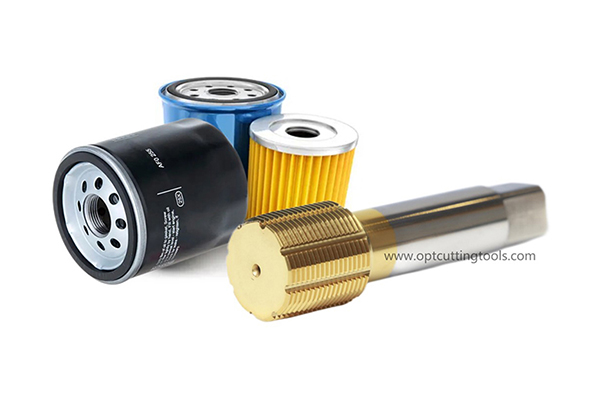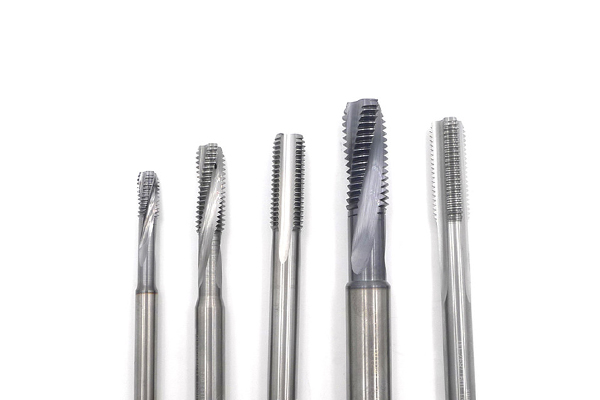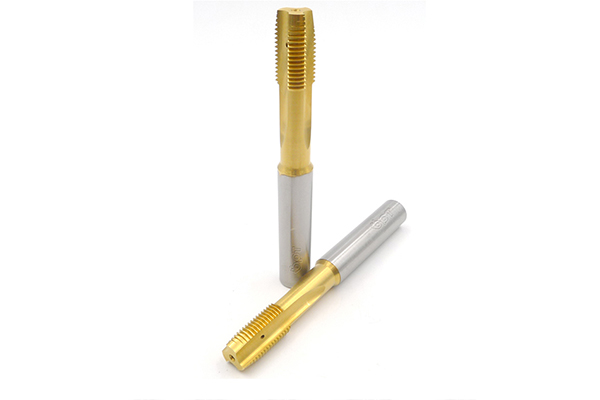When it comes to tapping threads, selecting the correct tap is critical to achieving satisfactory results. Various factors need to be considered, such as the type of thread, the material and hardness of the workpiece, the accuracy required, and even the shape standard of the tap. In this article, we'll dive into the key factors you should consider when choosing a faucet for different projects.
1. Types of processing threads:
The first thing to consider when choosing a tap is the type of thread you want to produce. Threads can be classified into different systems such as metric, imperial or American. It is important to match the tap to the thread type to ensure compatibility and optimum performance.
2. Thread bottom hole type:
The second aspect to consider is the type of threaded pilot hole. Depending on the project, the bottom holes can be through holes or blind holes. This factor is important because it determines the depth and direction of the tapping process.
3. Workpiece material and hardness:
Workpiece material and hardness significantly influence the tap selection process. Different materials, such as steel, aluminum or stainless steel, require specific taps with the proper cutting capacity. Likewise, the hardness of the workpiece will determine the type of tap required to withstand cutting forces without compromising thread quality.
4. Full thread and pilot hole depth:
Full thread and pilot hole depth are another key factor to consider when selecting a tap. Some projects may require shallower threads, while others require deeper cuts. Likewise, the bottom hole depth must meet the requirements for threaded parts. Selecting a tap that matches the desired thread depth is critical to achieving the desired functionality and structural integrity.
5. Workpiece thread precision requirements:
The precision required for workpiece threads is a key consideration in ensuring the integrity of the finished product. Different projects may require different thread tolerances, such as coarse or fine pitch. Choose a tap suitable for the accuracy required to avoid compromising the overall quality and function of the threaded component.
6. Shape standards and special requirements:
Finally, the shape standard of the tap should be considered, especially if there are special requirements. Some projects may involve unusual shapes or specific thread profiles requiring specially designed taps. Any unique requirements must be communicated to the tap manufacturer to ensure proper tap options are available.
In summary: Considering tap selection factors, including thread, threaded hole type, workpiece material and hardness, thread depth, accuracy requirements, and form criteria, is critical to successful threading. By investing time and effort in the selection process, you can ensure that the taps you choose will meet the specific needs of your project, improving efficiency, durability, and overall performance.
Post time: Aug-25-2023




